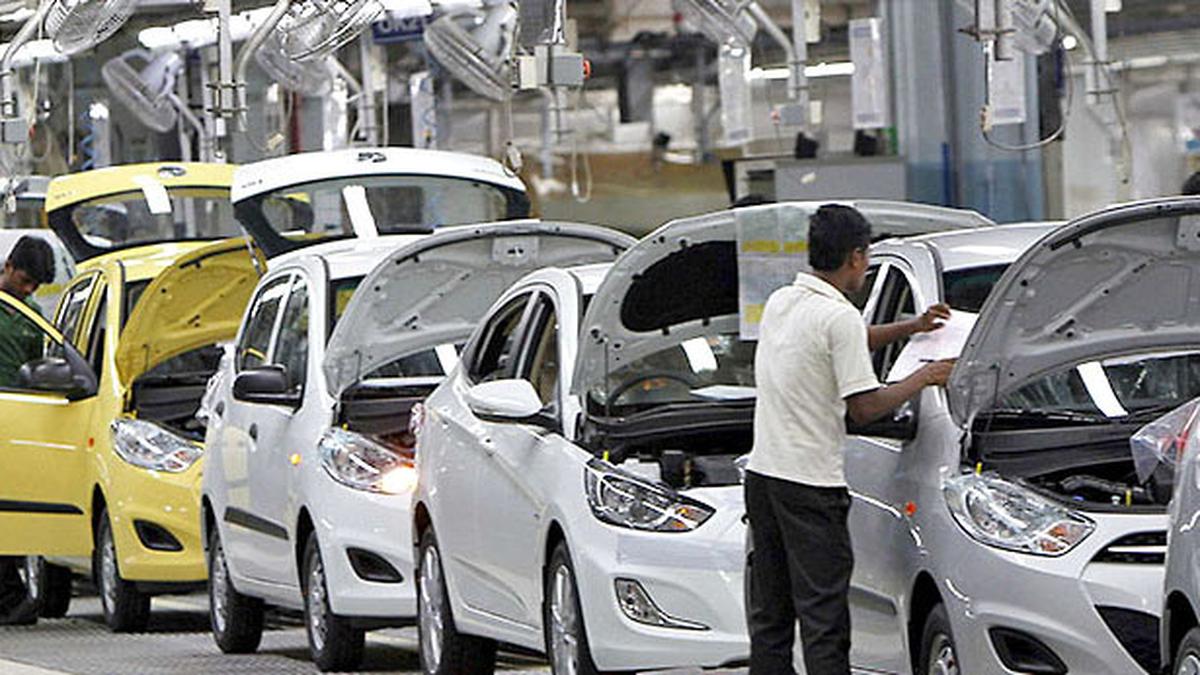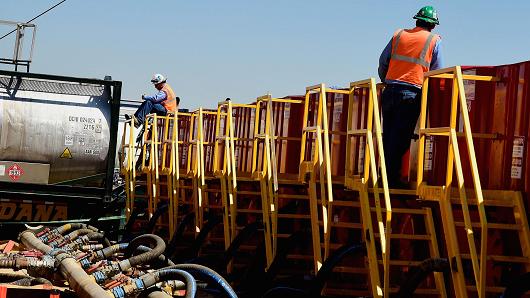
The automotive industry has continued to fall while other industrial markets have risen, albeit modestly, throughout much of this year. According to the most recent data, the North America Light Vehicle Production 12-month moving total (12MMT) was close to a two-year low in June. The June 12MMT was a slight tick-up from May, but such variations are common as “noise” in the Production dataset.
It is unlikely that June is the start of a takeoff for Light Vehicle Production. Our analysis indicates that interest rates are unlikely to significantly decrease. Motor vehicle prices are elevated (though makers are taking measures to stem some of the increase, with GM and Stellantis reportedly absorbing some tariff-driven cost increases).
While consumer sentiment does not necessarily influence retail spending as a whole, it does matter when it comes to purchases of certain big-ticket, financed items such as cars, as seen in the chart below. In an industry characterized by high costs and financing, it is likely that customers will need to “feel better” before making purchases. There are other negative signals:
The US Auto Loan Delinquency Rate (5.0%) is trending upward and currently about 0.8 percentage points above the trailing 10-year average. COVID peaks and the Great Recession are getting closer. The fact that consumers are still wary of making big-ticket purchases that require financing is further supported by the fact that the housing market is experiencing ongoing instability. If the government further ramps up tariffs that impact the auto industry, it could exacerbate this problem, ultimately leading to a longer downturn in Light Vehicle Production.
Auto prices may also be affected by supply chain issues as a result of tariffs. It is not all bad news. We are seeing some positives that would support a lift in consumer sentiment and, eventually, rise for US Light Vehicle Production, which we expect to take hold around year-end.
US Light Vehicle Month-End Inventory Days Supply is exhibiting nascent decline.
This indicator — a measure of how much inventory auto dealers have on hand — generally has an inverse relationship with Light Vehicle Production, and, unlike the Retail Sales trend noted above, it leads Light Vehicle Production by about three quarters. A decrease in inventory indicates that dealers are selling more cars than they are buying, which is typically a positive sign for demand. It is anticipated that US industrial production will continue to rise. Our outlook for general Industrial Production rise in the years ahead is underpinned by the relative financial health of businesses and consumers (even if they are still wary of financed purchases at the moment), the amount of M2 cash circulating, and ongoing onshoring trends as businesses adapt to the political winds and seek to protect themselves from COVID-esque supply chain difficulties.
Consumer sentiment and their willingness to purchase automobiles are likely to rise as the industrial economy expands. We expect the auto industry, as measured by Light Vehicle Production, to pick up around the end of the year.
There are strong wage trends. US Median Annual Earnings are rising at an accelerating rate, and the ITR Checking Points™ suggest the trend will persist. ITR Economics is projecting higher-than-normal increases in wages over the next five years. When they are making more money, customers feel more secure. The bottom line is that participants in this market should be prepared for rising opportunities, but they will come later than in other industrial markets. For the most recent information about the auto industry and other important markets, follow ITR Economics.




